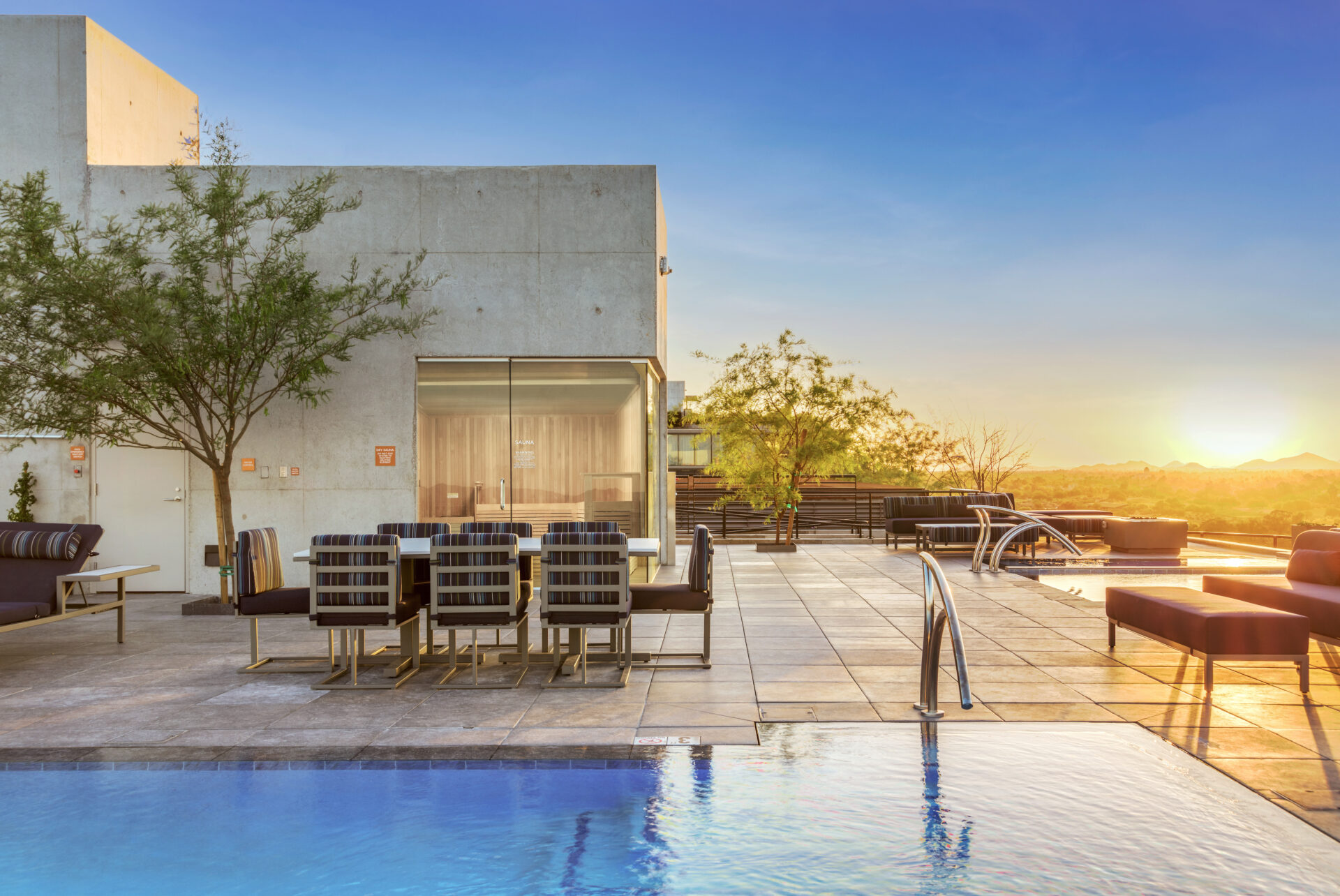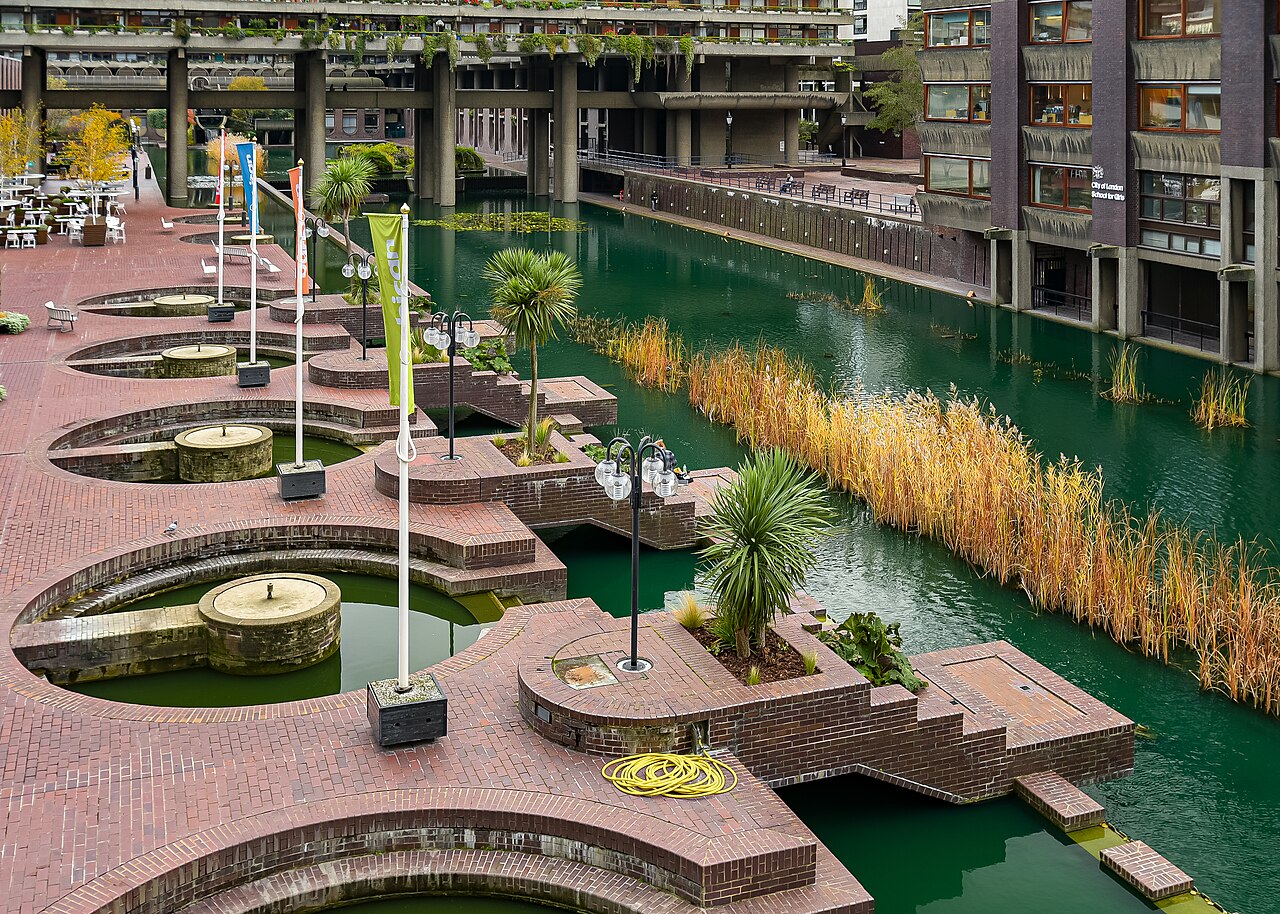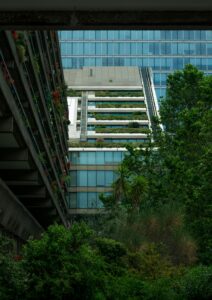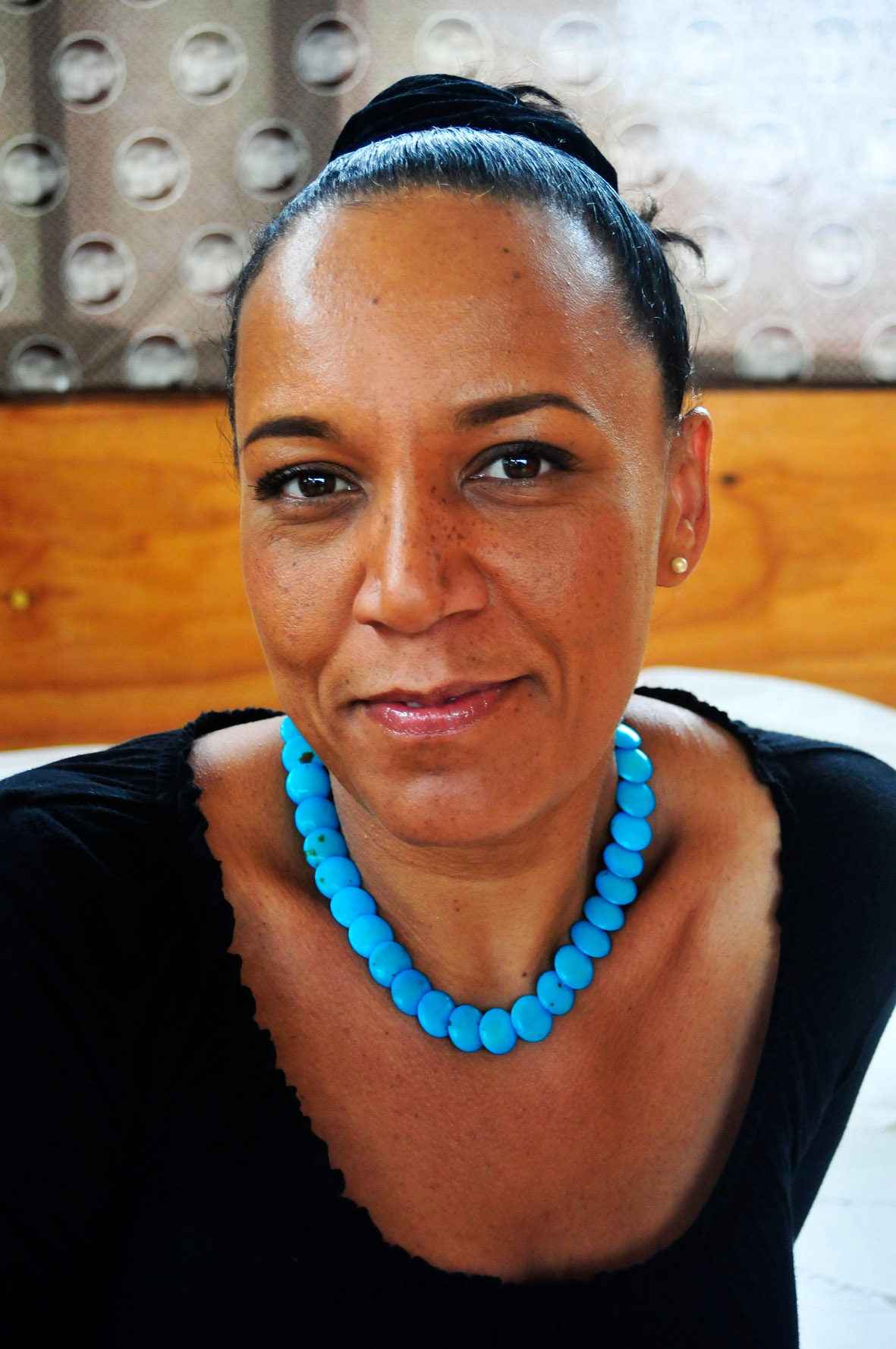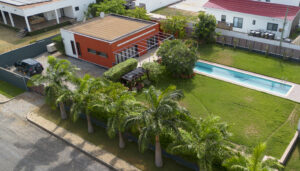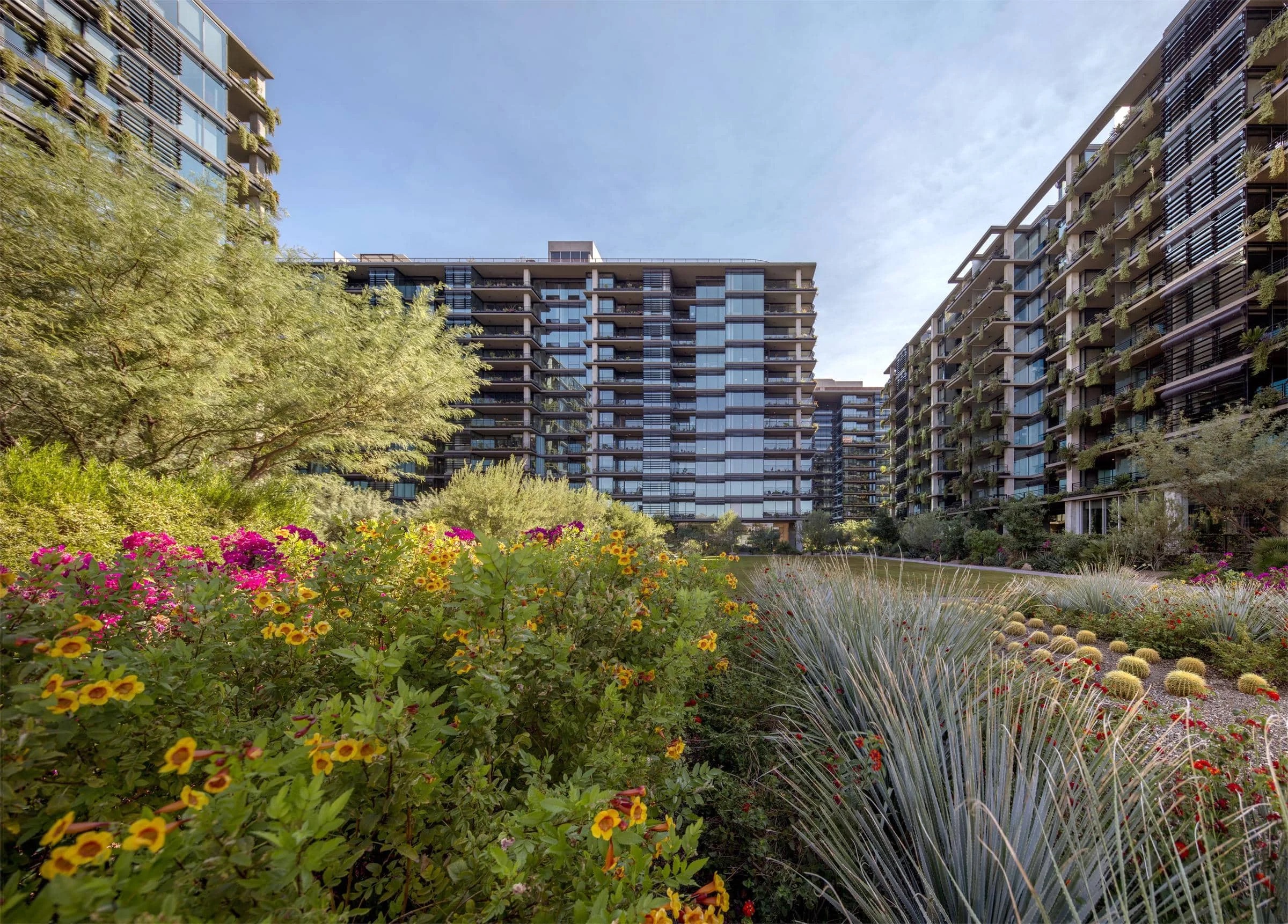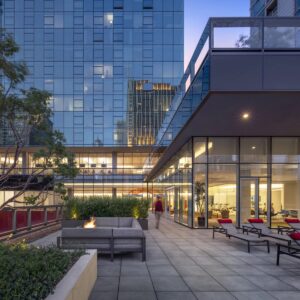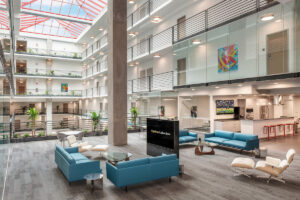At Optima®, sustainability isn’t a single initiative or checklist—it’s a design philosophy that informs everything we build, from the materials we select to the communities we shape. We believe that architecture has the power to create not only beautiful and functional spaces, but also enduring ones—places that evolve with people, conserve resources, and contribute to a healthier planet for generations to come.
Across our portfolio, sustainability takes many forms: innovative shading systems that reduce heat gain, signature lush vertical landscaping that cools buildings naturally, glass façades engineered to balance light and efficiency, and open floor plans that adapt as life changes. These choices add up to a simple truth: design can and should make it easier to live responsibly, without sacrificing comfort or beauty.
Building for the Long View
True sustainability begins long before a building rises from the ground. It starts with intention—with an understanding that every design decision has environmental, economic, and social impact. At Optima®, we integrate these considerations into every stage of the process: site selection, orientation, material sourcing, and energy performance. Our communities are designed to minimize waste and maximize longevity, reflecting a commitment to adaptive, future-ready living.
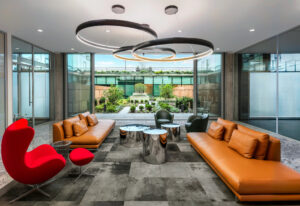
This approach echoes the principles of biophilic design, which connects people with nature through form, light, and landscape. By blurring the boundaries between indoors and outdoors, our buildings create healthier, more restorative environments—reducing stress, improving air quality, and fostering a sense of belonging. Whether it’s the cascading gardens at Optima Sonoran Village® in Scottsdale or the sky-high terraces at Optima Signature® in Chicago, these natural integrations remind us that sustainability is as much about human well-being as it is about energy savings.
Design as an Ecosystem
We view every Optima® community as part of a larger ecosystem—one that balances innovation with responsibility. Our vertically integrated business model allows design, development, and management to work together seamlessly, ensuring that sustainability is embedded at every level rather than added later as a feature. This cohesion enables continuous improvement: learning from each project, refining our systems, and pushing the boundaries of performance.
We also recognize that sustainability extends beyond the physical environment. It includes the social sustainability of vibrant, connected communities. Shared amenities, walkable settings, and abundant green spaces create opportunities for interaction and wellness—encouraging residents to live not only sustainably, but meaningfully.
Shaping the Future, Responsibly
As the world faces urgent environmental challenges—from climate change to urban density—architecture plays a critical role in shaping more sustainable futures. Our mission is to continue evolving how we design, build, and live: reducing carbon footprints through smarter construction, leveraging renewable energy sources, and creating adaptable spaces that endure.
At Optima®, shaping sustainable futures means designing with empathy and foresight. It means creating architecture that serves not the present moment while also focusing on the possibilities ahead—spaces that will continue to grow, inspire, and give back to the world around us.
